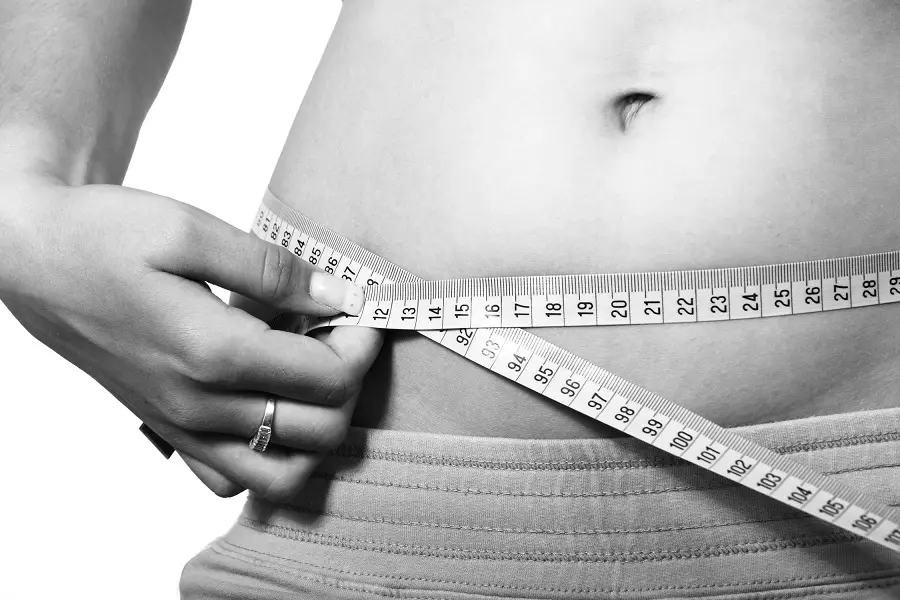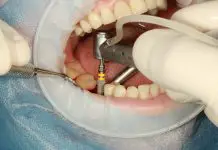The general attitude towards liposuction is that is it an easy and fast fix for weight problems that patients are too “lazy” or “busy” to deal with in another manner.
Despite being one of the most popular procedures in North America, the average consumer knows very little about how liposuction works or what it can – and cannot – do for patients.

Liposuction
The idea of losing weight through liposuction is flawed for one reason: The amount of fat that can be removed through liposuction at one time is actually quite limited. Even large volume liposuction, which requires overnight observation and results in major fluid shifts and increased risk for the patient, can only remove about 5L of fat. That may sound like a lot, but in reality is it only about 11 pounds.
For those seeking to lose 20-30lbs, the most common amount people say they wish to lose, then liposuction will only get you about half of the way there.
For this reason, liposuction is recommended for those who are within 30% of their ideal body weight and have already lost any weight they wish to be rid of.
Once they have achieved the body weight and fitness they desire, liposuction is a great way to do spot fixes in specific stubborn areas such as love handles and saddlebags.
Before undergoing a liposuction procedure, patients should establish a regular exercise routine and healthy eating habits that they will be able to maintain after their procedure.
While it may take some time to recover from the treatment and get back to exercising, it is important to have a routine in place in order to motivate you to maintain your healthy habits. After all, the results of liposuction are only permanent if you avoid putting on more weight afterwards.
The Procedure
Before the procedure, the fat cells in the area to be treated must be prepped with a cold saline solution that contains adrenaline and a local anasthetic. This helps to loosen the fat, making it easier to remove. Next, a needle is attached to a powerful suction machine and inserted into pockets of solid fat and moved around to liquefy the fat enough to remove it.
Getting Back to the Gym
After the procedure, it may take some time to heal fully and be ready to get back to your exercise routine. While recovery rates will vary greatly from patient to patient, many will be ready to resume their normal routine with about 2 months of their procedure.
Your routine should include a warm-up, strength training, and up to 40 minutes of cardiovascular exercise, such as running on a treadmill, and should be performed at least 3 times a week.
It is certainly possible – and beneficial – to exercise more often if the patient chooses but it is important not to push the body too hard while it is still recovering from a procedure such as liposuction. If you find you are having difficulties, cut back your exercise routine and consult with your doctor before pushing yourself too hard.








































